2014 Range Rover Sport Review – Video

If there was ever an automotive edition of ‘The Biggest Loser’ reality television show, Range Rover would be a shoe-in to win. Last year the full-size Range Rover went on a dramatic diet, shedding 700 lbs. thanks to a new aluminum unibody structure. This year the Range Rover Sport is put on the aluminum platform and shrinks down to a svelte 4,700 lbs., which is roughly 800 lbs. lighter than last year’s model.
FAST FACTS
| 1. The new base engine is a supercharged V6 producing 340hp and 332 lb-ft of torque, while a supercharged 5.0L V8 makes out 510hp and 461 lb-ft of torque. |
| 2. Both engines are paired to an eight-speed automatic. |
| 3. Pricing begins at $63,495, while the top of the line Autobiography trim is priced at $93,295 including delivery. |
| 4. Fuel economy ranges from a best of 17 MPG city and 23 MPG highway to 14/19 MPG highway. |
But the downsizing doesn’t stop there. The base 5.0L naturally aspirated V8 is also dead this year, replaced by a smaller 3.0L supercharged V6. Producing 340 hp and 332 lb-ft of torque, the new engine is significantly down on power compared to the old V8 but, thanks to the lighter weight and a new eight-speed automatic, Land Rover claims it’s three-tenths of a second faster to 60 mph, running the sprint in just 6.9 seconds.
THAT UNMISTAKABLE V8 GROWL
Those wanting more power can still opt for the supercharged 5.0L V8 thundering out 510 hp and 461 lb-ft of torque. Also paired to the new eight-speed auto, not only can this monster rip to 60 mph in five seconds flat, but it sounds absolutely glorious while doing it. Land Rover has mastered the sound track of the 5.0L V8 and a ‘sound symposer’ feeds a hearty growl directly into the cabin. Want to quiet things down? Simply back off the throttle and this large SUV becomes a serene cruiser.
See Also: 2013 Land Rover Range Rover Review – Video
Land Rover has spent a lot of time making the Sport quiet inside and it has paid off. Cruising down the interstate, or flowing through the corners of a country road really highlights just how muted the interior has become. This allowed our ears to focus on other things like the available Meridian audio system pumping out 1700 watts of awesomeness through 23 speakers.
More than just quiet, the 2014 Range Rover Sport is also far smoother on the road. The old Sport had a hint of choppiness that seems to be calibrated out of the new model, which most likely has something to do with the seven-inch longer wheelbase on the 2014 Sport. Still, this doesn’t mean it has gone soft; far from it.
Get the Flash Player to see this player.
PUTTING MORE SPORT INTO THE ‘SPORT’
Land Rover has put a heavy emphasis on improving the driving dynamics of the new vehicle. Available on V8 models with Terrain Response 2 system is a dynamic mode that alters the power steering, throttle, transmission, stability control, traction control, damping and lean control settings. With it engaged, body roll during aggressive cornering virtual disappears and if a corner is attacked a little too eagerly, brake induced torque vectoring from a set of beefy Brembos will help rotate the big SUV around.
The old Range Rover Sport was no slouch, but there is no comparison between it and the new one when dynamic mode is engaged. The V8 supercharged model pulls so hard and continues to do so well past legal speeds. Handling is so much better and this SUV responds more like a luxury sport sedan than a large truck. It remains planted through corners and lacks any rolly-polly delayed reactions that can be found in most other SUVs.
See Also: Top 10 Places to Go Off-Roading
The V6 is noticeably softer in the corners and lacks the same stunning handling prowess of the dynamic mode-equipped V8 – an SUV we’d now like to compare against a Porsche Cayenne Turbo or BMW X5M.
STILL A MASTER OFF-ROAD
But on-road dynamics are only half the story with this vehicle. It is also meant to tackle some seriously nasty off-road turf. With the terrain response system, the Sport is ready to tackle anything from sand to snow to deep muddy ruts. Vehicles with the selectable low range gearing gain even more off-road capability splitting power 50/50 front and rear, but can also send 100% of the power to the front or rear wheels if needed. If things get real slippery, there is an optional active rear locking differential for the back as well. This isn’t a pretender SUV that thinks it can off-road; this is the real deal.
We had a chance to test the off-road abilities of the Range Rover Sport through miles of offset-Yaris-sized moguls, hills steeper than a financial cliff and terrain that resembles talcum powder. Not only did the Sport handle every challenge we threw at it, but it felt like it wasn’t even breaking a sweat. And remember, this is a vehicle that a few hours earlier felt ready to throw-down with a BMW 550i through twisting mountain passes.
FAMILY RESEMBLENCE
The new Range Rover Sport’s look is a blend of Evoque and big daddy Range Rover, that can be easily identified as a Land Rover from a mile away. The side windows are now larger to allow better sightlines, and give the Sport the illusion of having a slightly lower stance. Although it is only two-inches longer than the old model, the new Sport seems much larger thanks to the previously-mentioned wheelbase extension. The usual Range Rover styling cues are present and accounted for on the new model like double straked fender vents, dual hood vents and LED lights all around.
Want to personalize a Range Rover Sport? No problem. There are 11 interior color themes with additional seat colors, four aluminum interior finishes, three real wood veneers, three headliner colors, 19 exterior paint finishes, three roof colors and nine wheel options available in four different sizes.
The interior of the Sport has been thoroughly modernized and is highlighted by a new center console mounted higher than in the old Range Rover allowing for the controls to be closer to the driver. A new 12.3-inch virtual gauge display is available in upper trims and the gauges turn red when dynamic mode is activated.
NEW 5+2 SEATING
There is now nearly an inch more rear legroom behind the front seats, but the biggest change inside the Range Rover Sport has to do with the new optional third row passenger seats that Land Rover calls 5+2 seating. The jump seats in the hatch are only meant for kids 12 and under because, well, no one else would fit back there.
The 2014 Range Rover Sport will come in four trims, SE, HSE, Autobiography and the confusingly named ‘Supercharged’ trim which refers to the supercharged V8, even though every Sport is now supercharged. Pricing for the base SE will begin at $63,495, while the top of the line Range Rover Sport Autobiography starts at $93,295 including delivery.
THE VERDICT
Range Rovers have always been a bit of a status symbol built on style, pedigree and off-roading ability. The Sport continues to play in the bizarre market niche of large SUVs intended to be sporty against the likes of the Porsche Cayenne, BMW X5 and Mercedes-Benz ML 63.
Always the best off-roader of the group, the Sport wasn’t really able to keep up with some of these competitors on-road; until now. The Range Rover Sport not only carries on classic Land Rover traditions, but now fully lives up to the name ‘Sport’.
LOVE IT
- On-road performance
- Exterior Looks
- Off-road performance
- Engine note
LEAVE IT
- Can get pricey
- Third row space

If there’s anything better than a good road trip through the desert, Jeff probably hasn’t heard of it. He’s got a propensity for buying less-than-perfect sports cars like a well-worn Boxster, an M Roadster and an MR2, but has applied a lifetime of passion to more than a dozen years of automotive and motorcycle reviews. He’s even collected several awards in the process including recognition for Best Automotive Review and Best Published Photography from the Automobile Journalists of Canada in 2023.
More by Jeff Wilson
















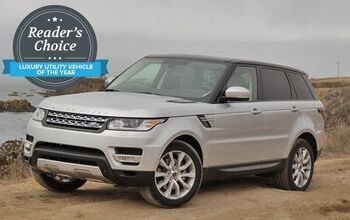
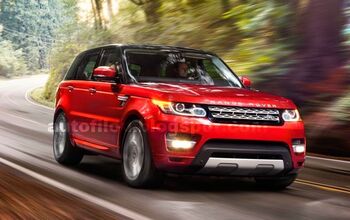
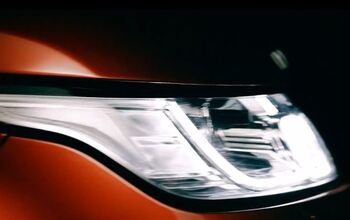
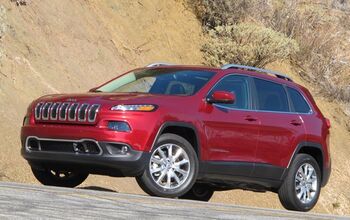
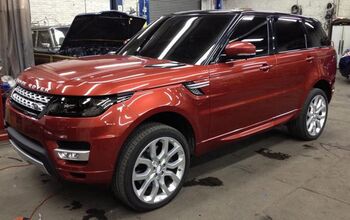
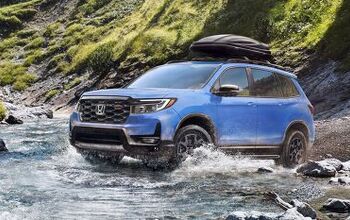


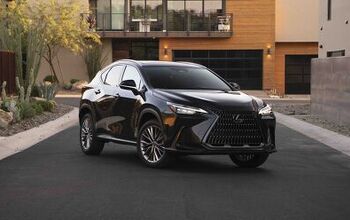



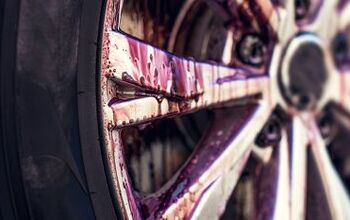
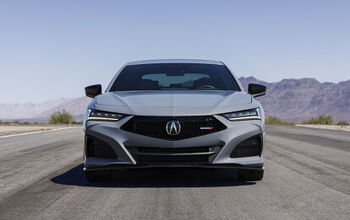

Comments
Join the conversation